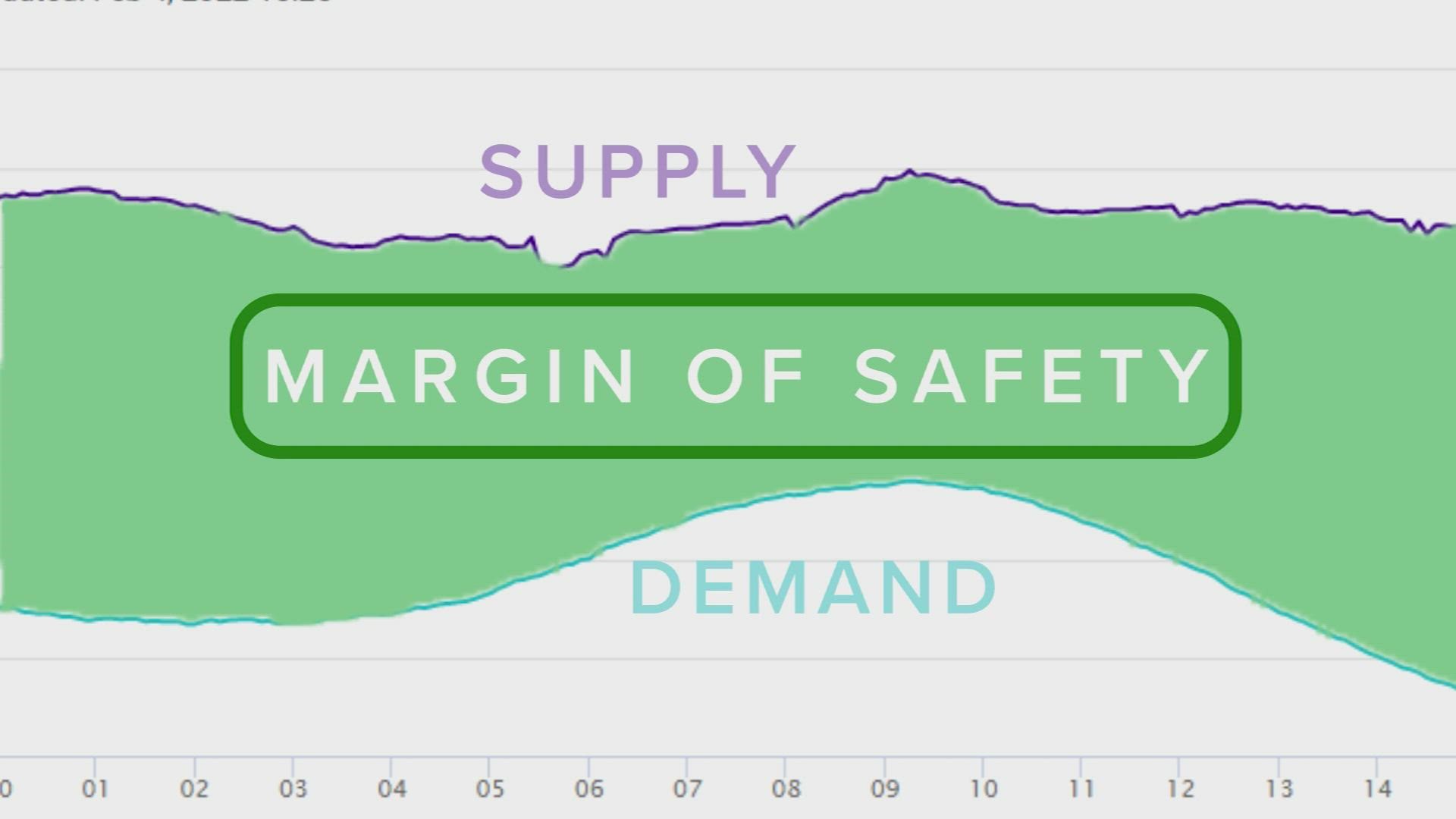HOUSTON — In the first real test since last February’s massive power failure, the Texas electric grid held strong, just as state officials promised.
Here is what went right.
First, mother nature gave the lone state a relative kiss rather than the blackeye that scarred Texas last Valentine’s Day week.
“We were fortunate. Had it been 10 to 15 degrees colder, we would have had extra demand and we would have had more stress on that supply,” KHOU 11 energy expert Ed Hirs said.
RELATED: Texas Gov. Greg Abbott: ‘Texas electric grid is more reliant and more resilient than it’s ever been'
The forecast from ERCOT, the Electric Reliability Council of Texas, called for a peak demand Friday morning of around 74,000 megawatts across the grid. As it turns out, Texans used just under 69,000 megawatts. State utility regulators attributed the dip to many school district and business closures.
On the supply side, all fuel-generation types held strong according to ERCOT’s real-time data dashboard. Wind power outperformed projections, at times, by as much as 3,600 megawatts early Friday morning.
“We did not have an ice storm enough to cover up the blades,” Hirs said. “We were very fortunate.”
Natural gas-fired power plants also performed strongly, unlike last year’s winter storm.
“We have no confirmed outages of any equipment related to weather,” interim ERCOT CEO Brad Jones said.
The natural gas supply to those generators “are operating as expected” according to Texas Railroad Commissioner Christi Craddick, whose agency regulates the natural gas industry. Gov. Greg Abbott said the grid performance was due to a combination of energy reform measures by lawmakers and regulatory authorities. Those include mandatory winterization of power plants, increased alternative fuel capabilities, and designating many more natural gas facilities as “critical infrastructure” to keep their power on and keep natural gas flowing.
Abbott said overall, the grid has 15% more power generating capacity compared to last year.
“At the expected peak demand over the next two days, there should be about 17,000 MW of expected power capacity,” Abbott said. “That’s enough extra power to supply more than 3 million homes across the state.”

